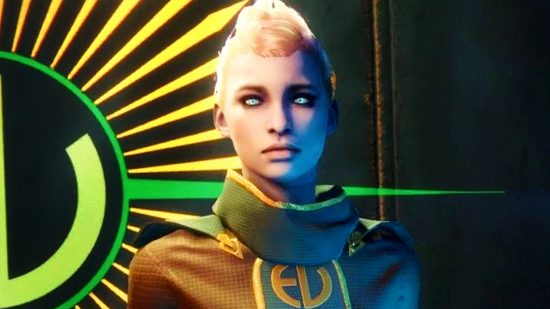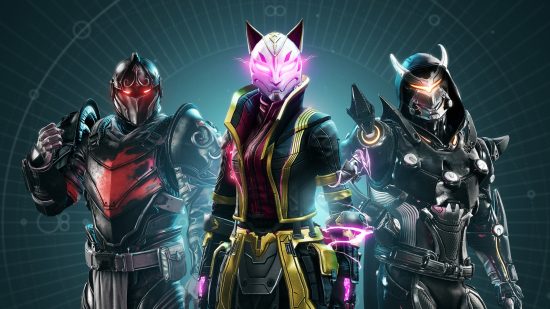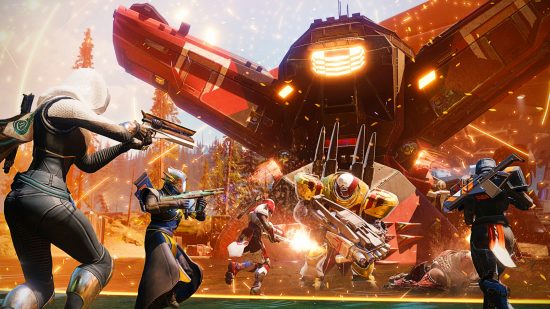Over the years, it’s become apparent many of Destiny 2‘s monetisation tactics are based on mobile game strategies that reward grind and time-gate content. Unfortunately, finding ways to maximise a player’s time in the game hinders its status as one of the best free PC games available if the primary focus isn’t first on making the experience overall enjoyable.
Destiny 2 has always rewarded lengthy grinds, but the breadth of ways it seeks to syphon users’ time points to a troubling, deep-seated psychological understanding that when it comes to video games, time is money.
Bungie has updated its monetisation strategy numerous times over the years. While the company has largely moved away from purely offering Destiny 2 microtransactions that leverage Eververse loot boxes that grant gameplay advantages, the game’s developers now offer players a variety of in-game add-ons, including expansions, season passes, event cards, cosmetics, additional activity content, and merchandise.
Giving people the option to pay specifically for aspects of the game they value is not inherently problematic. To keep the wheels turning, the game needs to generate revenue. A problem arises when developers, likely influenced by marketing and finance teams, subtly court monetization using psychological tactics that have long existed in lower-quality mobile games to get players to play more.
Mobile games aren’t always designed to be fun so much as they’re designed to be addictive. Many are initially free-to-play to attract a wide audience. At its core, a game must be somewhat fun to attract users. But to push upsells, it simply has to entice players to keep playing. Developers often use daily check-in rewards, time-gated content, or time-sensitive bonuses like flash sales to do this.
Retention becomes crucial, since the longer someone spends in the game, the more likely they will make in-game purchases. Theoretically, players continue to play a game because they enjoy it. But, to some extent, staying invested in a game is also psychological.
Aspects of Destiny 2 capitalise on trends that keep people spending money on ‘mindless’ mobile games. Just a few more hours of play, the game teases, and you may potentially earn that exotic that has an extremely low drop rate or get a god roll weapon. It no longer matters if you’re having fun, because the amount of time and energy you’re putting in means the payoff must be worth it, right?
The strategy is starting to backfire as it becomes obvious that arduous grinds exist solely to keep players investing their time in the game. Recently, during Destiny 2 Iron Banner, Guardians retaliated against the grind for a specific shader by throwing matches to accelerate XP gains. Bungie should find it worrying that these players are more motivated to improve their progress gains than to enjoy a unique game mode. While Bungie quickly responded by saying it would accelerate Destiny 2 Iron Banner rank progression in the future, it still highlights an underlying issue with the overall grind system.
There are many other examples of developers subtly finding ways to encourage players to stay in the game and entice them to spend money. Consider Destiny’s event challenge user interfaces. Checking off event challenges requires players to continually visit a screen that also shows what they can earn if they upgrade their event cards. This functions as a marketing touchpoint to entice the player to purchase the upgraded card.
Furthermore, season passes that promise instant rewards and new content over a few months are essentially short-term subscriptions. Some would argue this is reasonable for new story content and activities, but it’s important to remember this is in addition to paid DLC and doesn’t include activities such as the 30th Anniversary pack and dungeon content, which also cost money.
Few aspects of the game allow the player to move forward in a truly linear fashion. For example, in Destiny 2 season 19, when a player might be otherwise ready to progress to the game’s next story mission, they must first ensure they have a set amount of Seraph Key Codes. This step seemingly exists for no real reason except to make Guardians spend more time in other Destiny 2 activities.
While cosmetics, dungeons, and unique event armour sets are nice, desiring them shouldn’t result from psychological tricks. Over the long term, prioritising time-in-game over enjoyment will push out even the most dedicated players. Venturing too far into this territory risks dampening the game’s broader appeal as one of the best FPS games on the market.
The Destiny 2 Lightfall expansion arrives on February 28, so take a look through the best Destiny 2 builds before then to prepare.


